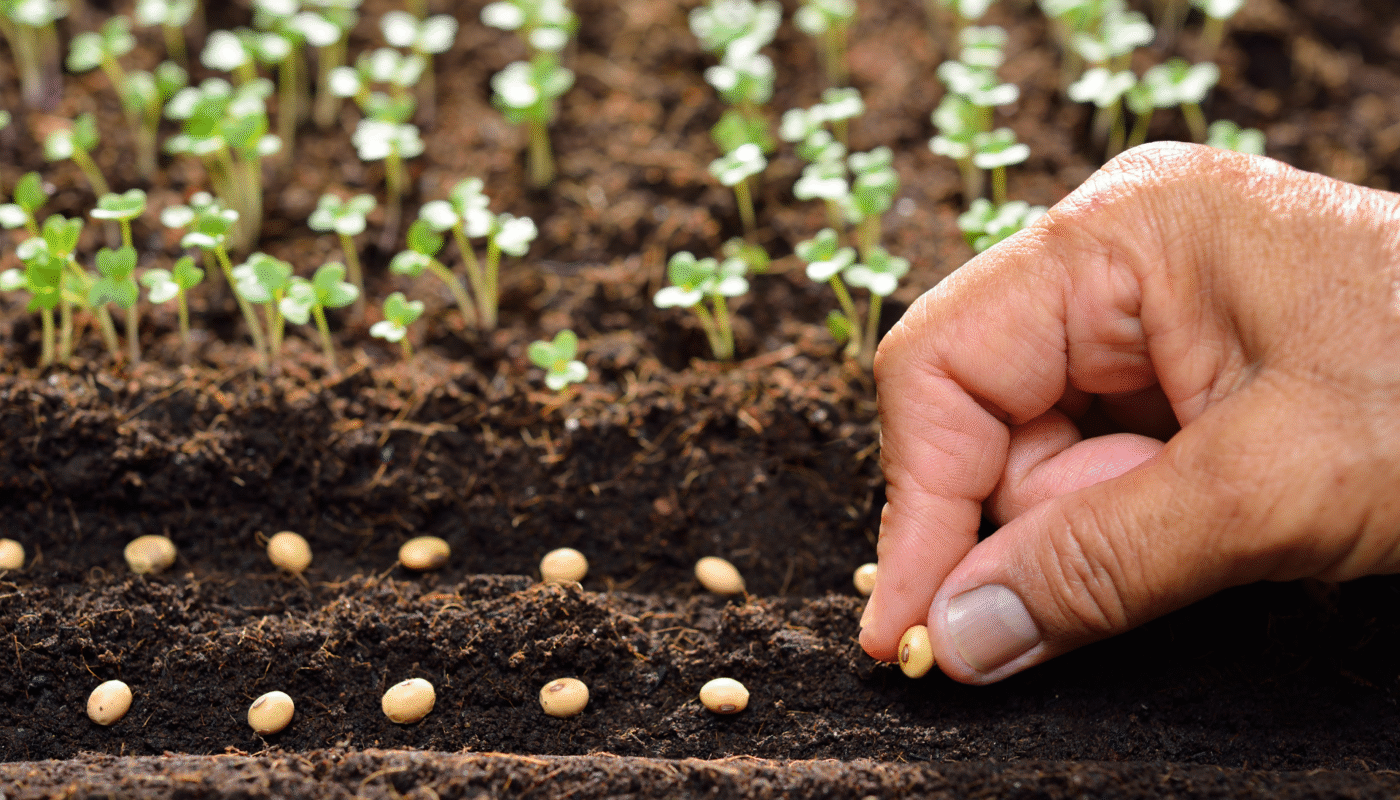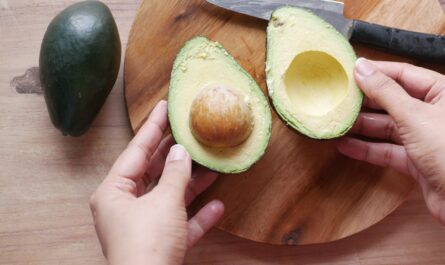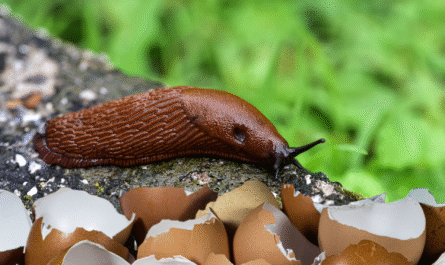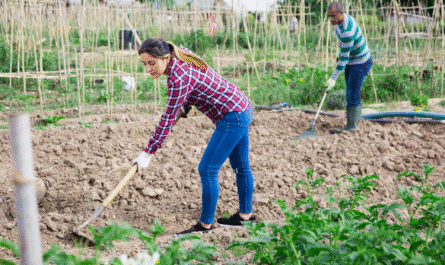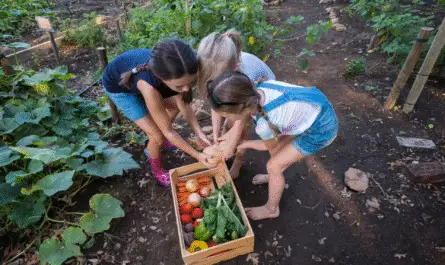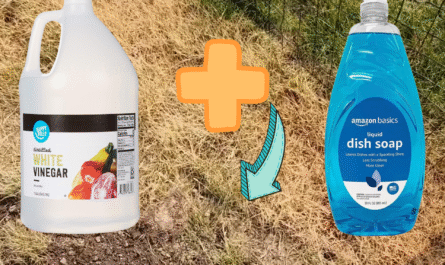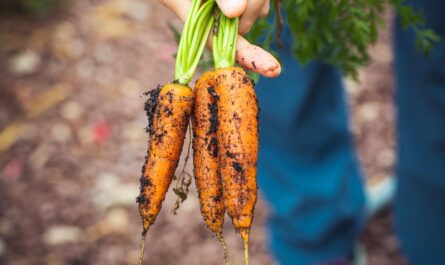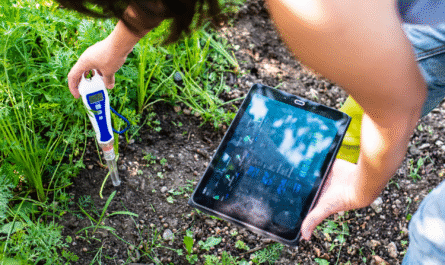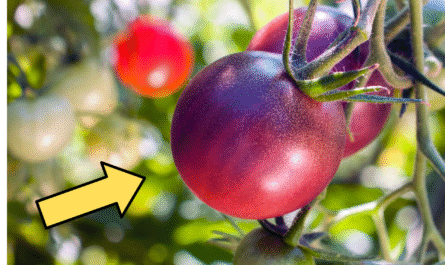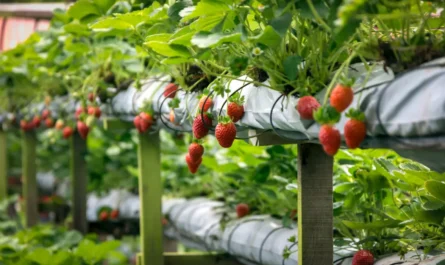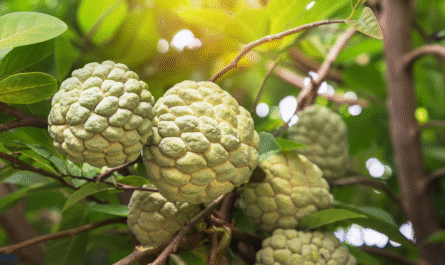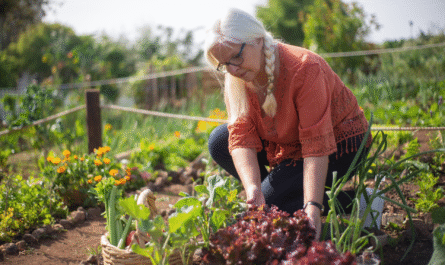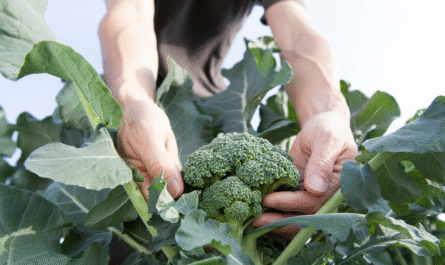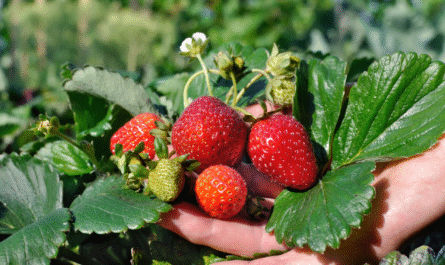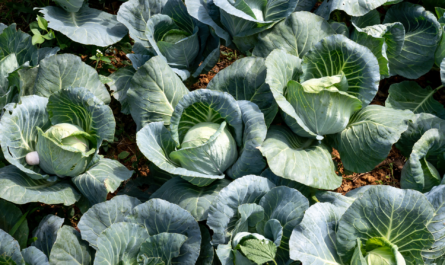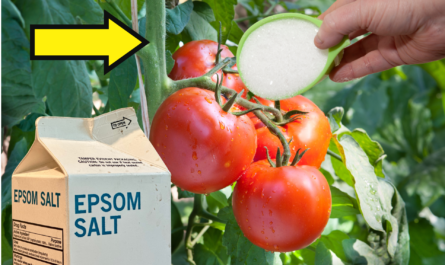Growing your vegetables is a rewarding experience, but to maximize your harvest, timing is everything. Knowing when to plant each type of vegetable is crucial, especially since planting times vary depending on the climate and region.
In this comprehensive guide, we’ll walk you through the optimal vegetable planting times for both the United States and the United Kingdom.
Whether you’re a beginner gardener or an experienced grower, this calendar will help you plan your garden for success.
Understand Your Climate Zones
Before diving into specific planting times, it’s important to understand how planting seasons differ between the USA and the UK.
USA Climate Zones
The United States Department of Agriculture (USDA) divides the country into planting zones based on the average minimum winter temperatures. This guide focuses on:
- Zones 5–7: Moderate climates (e.g., Midwest, Northeast)
- Zones 8–10: Warmer climates (e.g., Southeast, South, and Coastal California)
UK Climate
The United Kingdom has a temperate maritime climate, with relatively mild winters and cool, wet summers. Planting times in the UK are more uniform across regions compared to the USA, but microclimates can still affect planting schedules.
Vegetable Planting Calendar
Here is a detailed planting calendar showing the best times to sow and transplant popular vegetables in both the USA and the UK:

Tips for Successful Vegetable Gardening
1. Know Your Last and First Frost Dates
The timing of frosts determines when you can safely plant outdoors. In the USA, check your local frost dates using the USDA Plant Hardiness Zone Map. In the UK, most areas can expect the last frost in late April to early May and the first frost around October.
2. Start Seeds Indoors When Needed
Some vegetables like tomatoes, peppers, and eggplants need a longer growing season and should be started indoors 6–8 weeks before your last frost date.
3. Use Cold Frames and Greenhouses
To extend your growing season in colder areas, consider using cold frames, mini polytunnels, or greenhouses to start crops earlier or keep them going longer.
4. Succession Planting
Instead of planting all your seeds at once, stagger your plantings every 2–3 weeks for a continuous harvest. This works well for lettuce, radish, carrots, and beets.
5. Improve Soil Quality
Use compost, aged manure, and mulch to build healthy soil. Good soil structure and fertility are the foundation of a successful vegetable garden.
6. Practice Crop Rotation
Rotate crops yearly to prevent disease and pest buildup. For example, don’t plant tomatoes in the same spot two years in a row.
7. Water Wisely
Water deeply and less frequently to encourage strong root development. Early morning watering is best to avoid fungal diseases.
Common Mistakes to Avoid
- Planting too early: Even if the days are warm, soil temperatures may still be too low for seeds to germinate properly.
- Overcrowding plants: Follow spacing instructions to avoid competition for nutrients and light.
- Ignoring pests: Monitor regularly for pests like aphids, caterpillars, and slugs.
- Using poor-quality soil: Always amend your soil with organic matter to improve drainage and fertility.
- Forgetting to label: It’s easy to forget what you planted where—use garden markers!

Final Thoughts
Having a solid planting calendar is essential for maximizing your harvest and keeping your vegetable garden productive throughout the growing season.
Whether you’re planting in the cool, misty air of a British spring or the warming soils of a southern U.S. garden, timing your sowing and transplanting correctly can make all the difference.
Use the chart in this guide to create a planting schedule tailored to your location, and don’t be afraid to experiment and adjust based on your garden’s microclimate.

